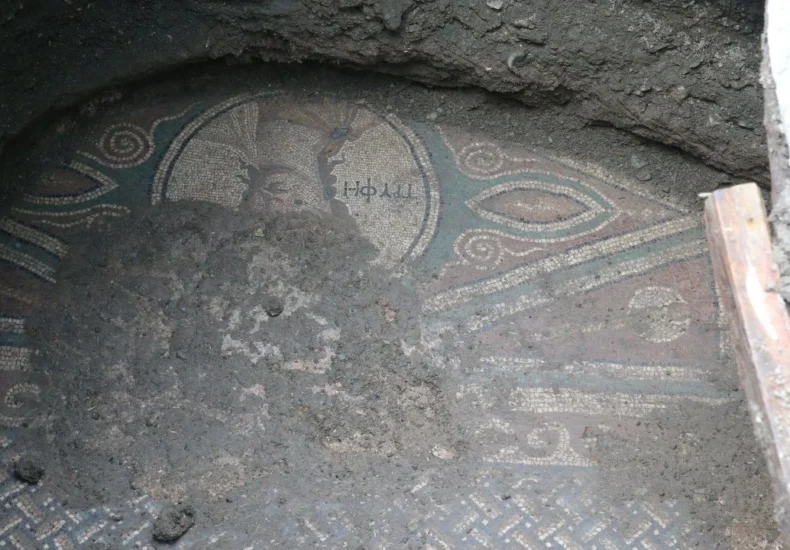
Illegal Excavation in Türkiye’s Tokat Uncovers Rare Roman Mosaic
An illegal excavation in the Zile district of Tokat province has led to the unexpected discovery of a colorful Roman-era mosaic, shedding new light on the region’s rich and ancient history. Archaeologists believe the intricately designed floor mosaic may have once adorned a public building during the Roman period.
Tokat is known as one of Anatolia’s oldest settled regions, hosting civilizations such as the Hittites, Phrygians, and Romans. This latest discovery adds another significant layer to its archaeological narrative.
Mosaic Reveals Symbols of Prosperity and Peace
Experts report that the mosaic includes vivid green, yellow, blue, and white tiles, and features inscriptions referencing “abundance, prosperity, peace, and well-being.” Such inscriptions strongly suggest that the mosaic was part of a public or communal space, such as a marketplace, military facility, or administrative hall.
Halis Alıcı, an archaeologist from the Yağıbasan Medrese Museum of Turkish-Islamic Science History, shared:
📣 Our WhatsApp channel is now LIVE! Stay up-to-date with the latest news and updates, just click here to follow us on WhatsApp and never miss a thing!!
“When we look at Tokat’s past, we see that the Hittites and Phrygians settled here first. Then the Romans came later. This is a very ancient region with a settlement history that some studies suggest may go back hundreds of thousands of years — possibly even around 900,000 years. But this is based on archaeological findings in the wider area, not necessarily continuous urban settlement. We know many civilizations left their marks here, such as in Erbaa Horoztepe and Maşat Höyük. The mosaic found in Zile, uncovered during illegal excavations, once again points to the Roman period. Based on the images and my expertise, I think this mosaic likely belonged to a public building.”
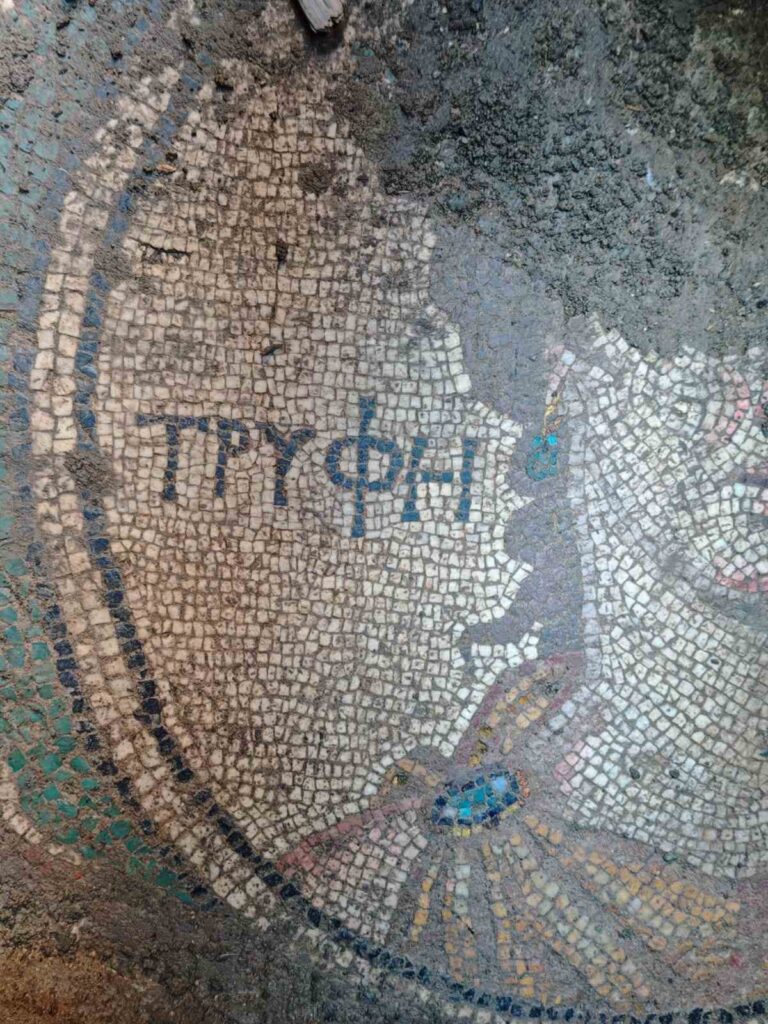
Preservation Measures Taken Amid Looting Concerns
Although the mosaic was revealed through unauthorized digging, local authorities acted swiftly to secure the site. Currently, the artifact is being protected with tarpaulin and temporary coverings until formal rescue excavations begin.
Illegal excavations continue to threaten Türkiye’s vast archaeological wealth, and this incident serves as a stark reminder of the importance of heritage preservation and regulation enforcement.
A Region Steeped in Civilizations
Tokat has long been a focal point for archaeologists. Significant finds from sites like Horoztepe and Maşat Höyük have previously brought international attention. This new discovery in Zile is now poised to join the list of landmark findings illuminating life in ancient Anatolia.
Cover Photo: IHA
You may also like
- A 1700-year-old statue of Pan unearthed during the excavations at Polyeuktos in İstanbul
- The granary was found in the ancient city of Sebaste, founded by the first Roman emperor Augustus
- Donalar Kale Kapı Rock Tomb or Donalar Rock Tomb
- Theater emerges as works continue in ancient city of Perinthos
- Urartian King Argishti’s bronze shield revealed the name of an unknown country
- The religious center of Lycia, the ancient city of Letoon
- Who were the Luwians?
- A new study brings a fresh perspective on the Anatolian origin of the Indo-European languages
- Perhaps the oldest thermal treatment center in the world, which has been in continuous use for 2000 years -Basilica Therma Roman Bath or King’s Daughter-
- The largest synagogue of the ancient world, located in the ancient city of Sardis, is being restored

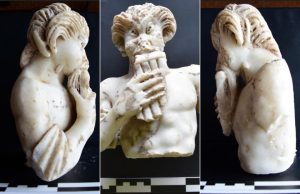
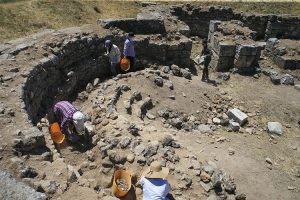
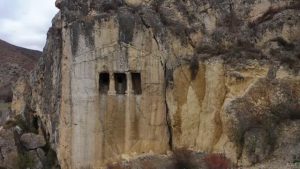
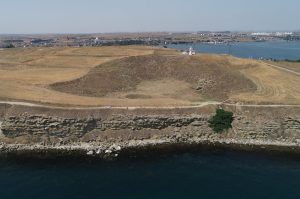
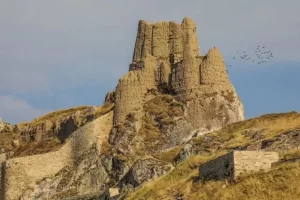
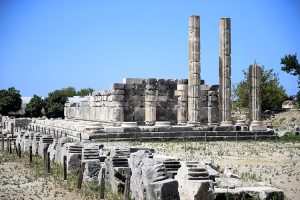


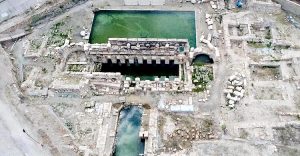
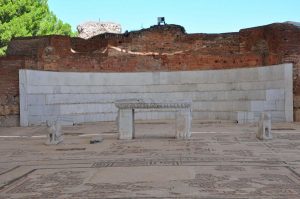
Leave a Reply